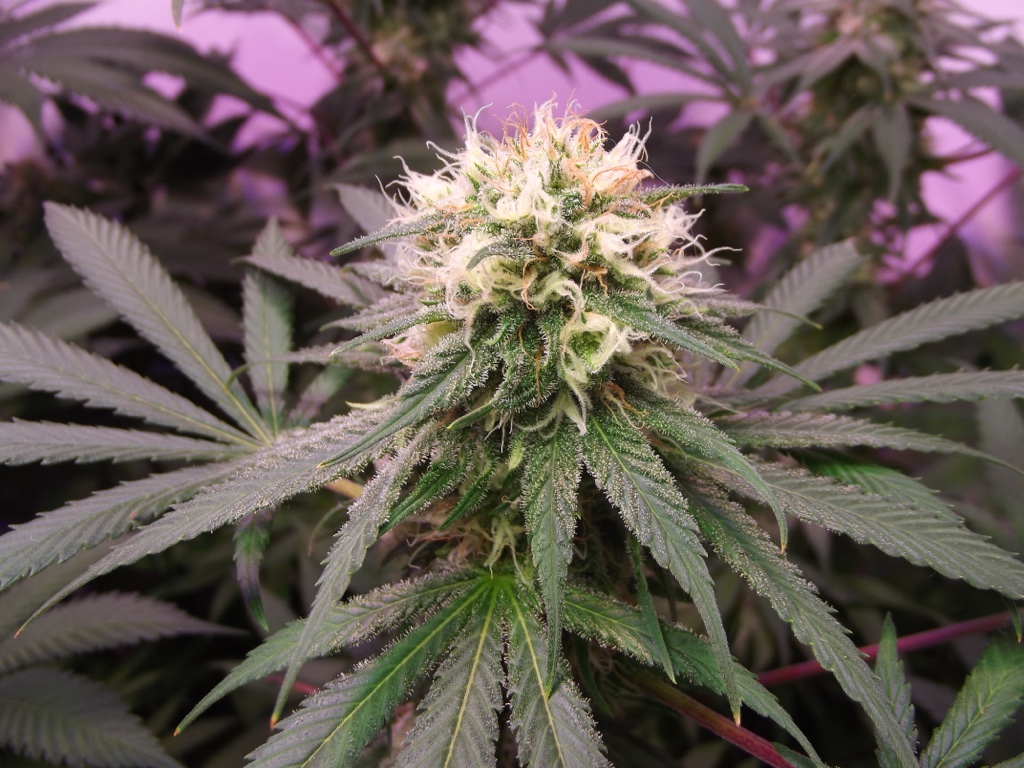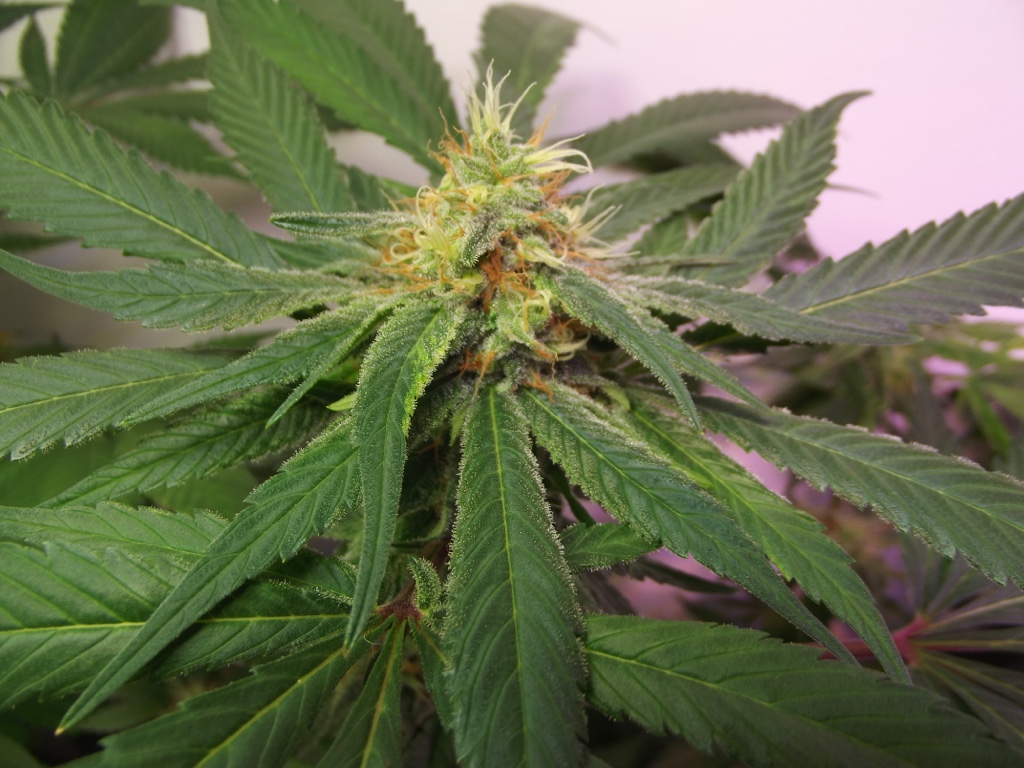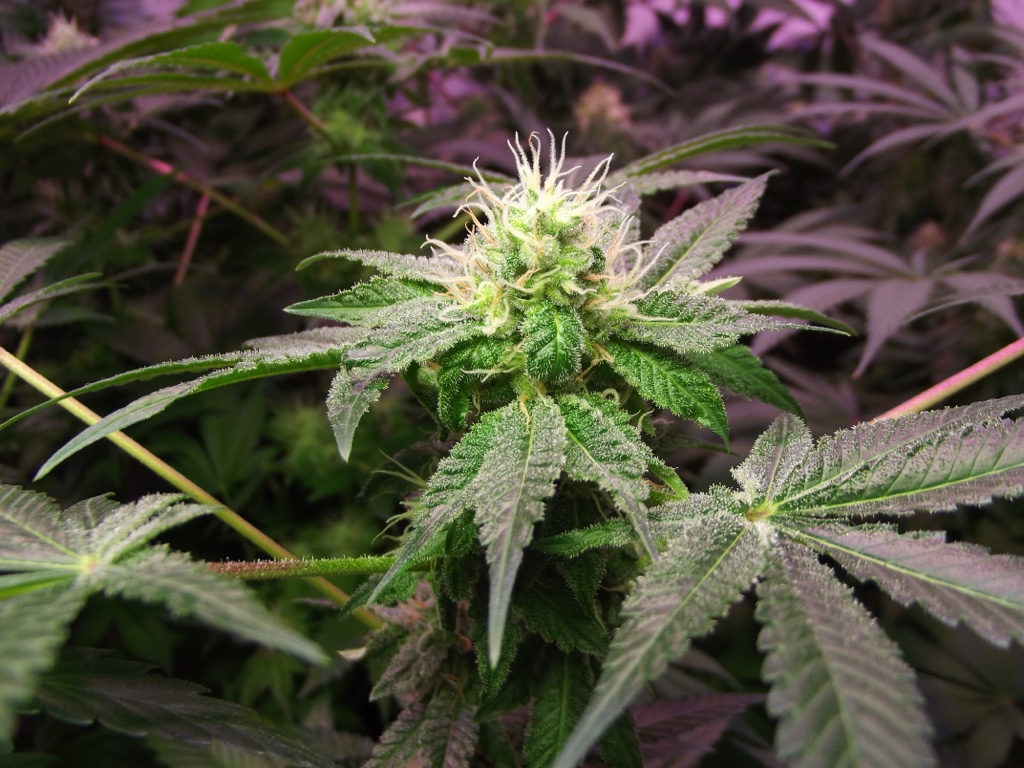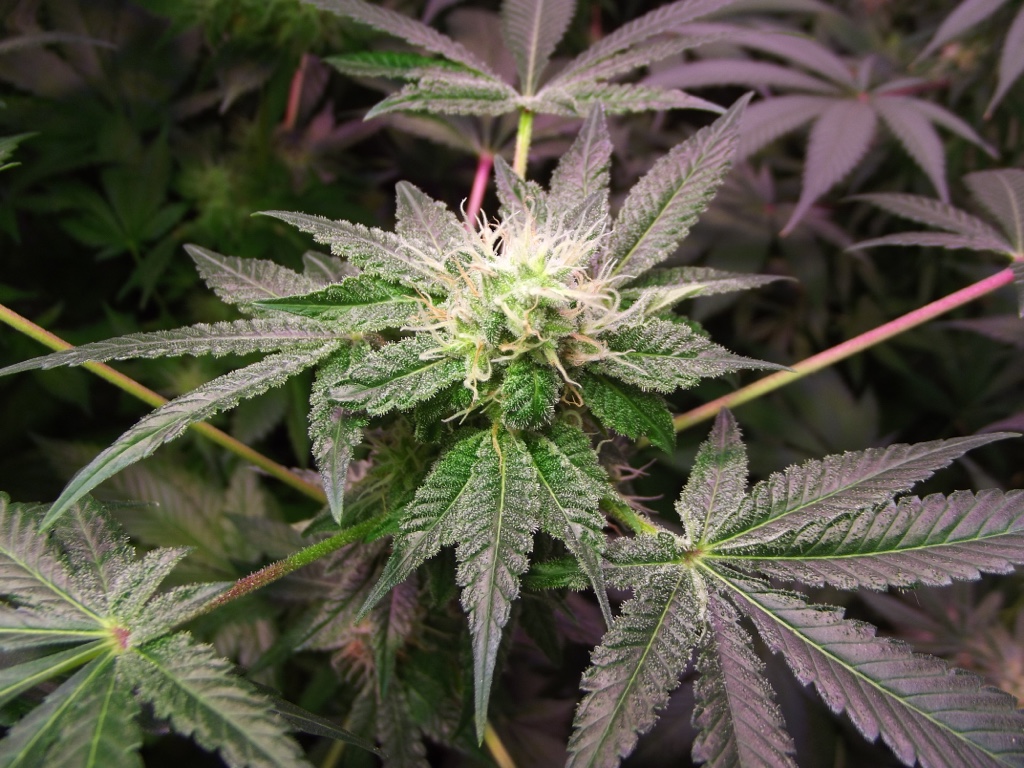Positivity
Well-Known Member
Being its been said plants don't care about photons (or light spread) from this fellow grower..
It must be the secret sauce..
It must be the secret sauce..
Looks a lot like the spectrum BML Horticulture is using. Mostly blurple, little bit of white.Isn't that the light that was being sold through the Dutch Passion site?
It appears to have more white than the typical blurple panel
Maybe that have hit that mythical "perfect spectrum"?
There not to bad bro to be honest.off topic, but I really like those airpots. 15 was a little too tall for my closet, but the #10 is just about the perfect container for pot, no matter your light or growing technique. How the heck did you ever move that 15 to your front door? I paid good money for some rollers to put my pots on.
No bro there only 220-240v but there is a 120v in the pipeline.Are those fixtures available in the USA?
Lol thanks bro.Give'em the beans TaNg, welcome to the Lions den. Come hungry
Sent from my SM-G900V using Rollitup mobile app
I'm probably lining myself up here lol but the last grow I got 390g dry from 2 Autos (will drop the videos in after posting this) that was using 75w for the first 37 days then 150w for the rest of the grow,it was a very long grow though with the Auto Euforia taking 100 days and with the lights on 20hrs a day a total of 2000 light hrs,more than most photo grows. Also because the Blackberry Kush finish much earlier than the Euforia I was able to angle both lights onto the Euforia to boost her yieldI'm like a kitten of a lion...the most polite lion ever. Until someone irks me then yah...
Much more beastly types here than me..
Lets see blurple grow 2.5g per watt....
Wasn't said in this thread bro quite the opposite in fact lol I said plants don't care about how may watts the lights use they just care about the photons they produce.Being its been said plants don't care about photons (or light spread) from this fellow grower..
It must be the secret sauce..
It's defiantly the whitest spectrum I've grown with bro,I love how green the plants look under it.Looks a lot like the spectrum BML Horticulture is using. Mostly blurple, little bit of white.
Really cool to see what those little panels are capable of!
Well...thats how i translated it. 75w of rebel photons ain't much. Not compared to a full spectrum cob putting out 160+ l/w...Wasn't said in this thread bro quite the opposite in fact lol I said plants don't care about how may watts the lights use they just care about the photons they produce.
Do you know the output of these lights bro? Ain't got a clue myself but my plants are happy so so am I.Well...thats how i translated it. 75w of rebel photons ain't much. Not compared to a full spectrum cob putting out 160+ l/w...
Just how I read it...no worries.
Looking good there brother! Great yields!A few Macro shots of the maturing buds.
Blue Velvet 1.





Blue Velvet 2.




Night Queen. Outstanding resin production on this lady.





Looking good there brother! Great yields!
Cheers guys. I do have some slight Variegation on the smaller Blue Velvet but that can't be helped.Lovely looking plants and pics, nice to see everything neat and tidy with all the leaves healthy, most peoples gardens even my own aggravates my ocd when its messy

peace
Well the majority of the chips in the HS1 are philips rebel deep red, which has the highest umol/j on the market between 400-700nm(credit alesh). BUT that diffuser must be robbing at least 15% of the light output. he did use allot more electricity than us 12/12 guys for that record run........idk, kinda a toss up.Well...thats how i translated it. 75w of rebel photons ain't much. Not compared to a full spectrum cob putting out 160+ l/w...
Just how I read it...no worries.
True..monos have the highest umol from what i understand. I was more looking at what I thought was the bigger picture. The massive yields and size of the plants were more due to autos and hours of light than spectrum or chip efficiency. Just seemed a little misleading giving the chips so much credit....Well the majority of the chips in the HS1 are philips rebel deep red, which has the highest umol/j on the market between 400-700nm(credit alesh). BUT that diffuser must be robbing at least 15% of the light output. he did use allot more electricity than us 12/12 guys for that record run........idk, kinda a toss up.
The I-LIGHT is pretty though
this photo round should give us a realistic turn out of the fixtures capability IMO...............we also tend to forget that the GROWER is a major factor.
The diffuser came up for discussion on the Auto site I'm on,they have a QnA thread for GN where a rep comes in. Can PM you a link if you fancy a read there is some good info in there....I've just copied this bit as the Holographic Diffuser and secondary optics are discussed.....Well the majority of the chips in the HS1 are philips rebel deep red, which has the highest umol/j on the market between 400-700nm(credit alesh). BUT that diffuser must be robbing at least 15% of the light output. he did use allot more electricity than us 12/12 guys for that record run........idk, kinda a toss up.
The I-LIGHT is pretty though
this photo round should give us a realistic turn out of the fixtures capability IMO...............we also tend to forget that the GROWER is a major factor.
The holographic diffuser is used to create even distribution of spectra and intensity across the target coverage area from a single point or multiple points of illumination. The problem with led grow lights that only use secondary optics is there relative intensity distribution in the beam angle. Take a look at this exampleXagor said: ↑
“Can you give more info about what the diffusor does? Or what your trials show?
It reminds me of a cool tube, which takes away valuable light, seems counter intuitive to me.
When I look at the leds, they seem tightly clustered + height above plants, the light already seems nicely mixed.
Maybe TaNg can get 3gpw in a test without it?
Just wondering, never saw one of those on these $$$$$ professional led grow panels
cheers

GoeRilla said: ↑
“Does anybody have a link to a picture showing the surface of the diffuser from the HS1?
Rilla.


